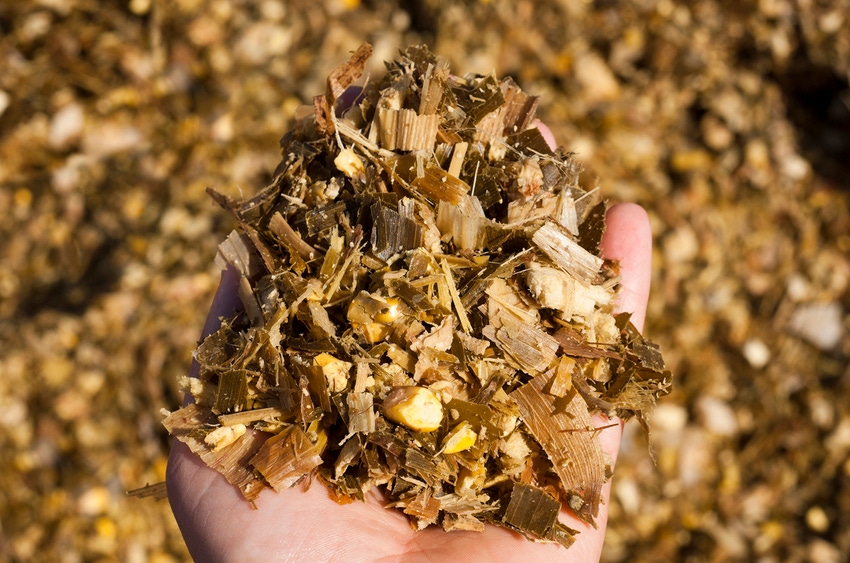Packing bunkers with wheel loader increased dry matter density 9% over tractor, but silo density did not influence silage fermentation.

Many factors go into proper silage production, and steps taken at harvest and ensiling can greatly influence the nutrient value of the resulting silage. Regardless of silage type, compaction is a key step in the process.
Noting that compaction in bunker silos is often found to be poor due to high initial crop layer thickness, low packing vehicle weight or insufficient packing time per weight of the crop, researchers in Norway conducted a study to determine if a heavier packing machine would increase bunker silage density and, therefore, reduce losses and improve grass silage quality and aerobic stability.
Å.T. Randby and H.N. Halvorsen with the Norwegian University of Life Sciences in Ås, Norway, along with A.K. Bakken with the Norwegian Institute of Bioeconomy Research in Ås, reported in the Journal of Animal Feed Science & Technology that at each of three harvests, two bunkers were packed with either a 14.5-metric ton wheel loader or an 8.3-metric ton farm-size tractor.
For comparison with the bunker silages, they also made silage simultaneously in round bales with high and low chamber pressure that were wrapped immediately or after a delay, as well as in laboratory silos.
According to Randby et al., compaction with the wheel loader increased silage dry matter density 9% compared with compaction with the farm-sized tractor, from 204 kg to 222 kg of dry matter per cubic meter.
However, they reported that, on average across the three harvests, dry matter recovered as silage or lost was almost identical for the two packing treatments, with 870 g/kg of harvested dry matter recovered as feed offered to animals, 55 g/kg as wasted silage and 75 g/kg as invisible losses due to respiration, effluent, fermentation and aerobic deterioration.
On the other hand, Randby et al. noted that in the harvest with the lowest crop dry matter content of 266 g/kg, invisible dry matter losses with the wheel loader exceeded losses from the tractor by 46 g/kg, the main portion of which was assumed to be due to more effluent squeezed out by the wheel loader. In the harvest with highest crop dry matter of 332 g/kg, invisible dry matter losses with the tractor exceeded losses from the wheel loader by 43 g/kg, the main portion of which was assumed to be caused by poorer compaction with the tractor and, therefore, higher respiration and aerobic deterioration losses.
Wasted silage dry matter was lower in bales than in bunkers (P = 0.004), Randby et al. reported. The proportion of offered silage dry matter from poorly compacted bales sealed after a delay (867 g/kg) was similar to that of bunkers, whereas the proportion of offered silage dry matter from well-compacted and immediately sealed bales (963 g/kg) was similar to that of laboratory silos, the researchers added.
Significant increases in protein bound in the neutral detergent and acid detergent fiber fractions were found in bales sealed after a delay, where temperatures had risen to 47°C at wrapping, Randby et al. noted. Similar levels of fiber-bound protein were found in bunker silage, suggesting that they were also heated during filling.
Randby et al. concluded that no differences in losses, silage composition or aerobic stability were observed between packing bunker silos with either a wheel loader or farm-sized tractor, but they cautioned that the results are applicable only to the crops studied and suggested that packing pressure should be tuned to crop wetness and morphology.
About the Author(s)
You May Also Like

.png?width=300&auto=webp&quality=80&disable=upscale)

